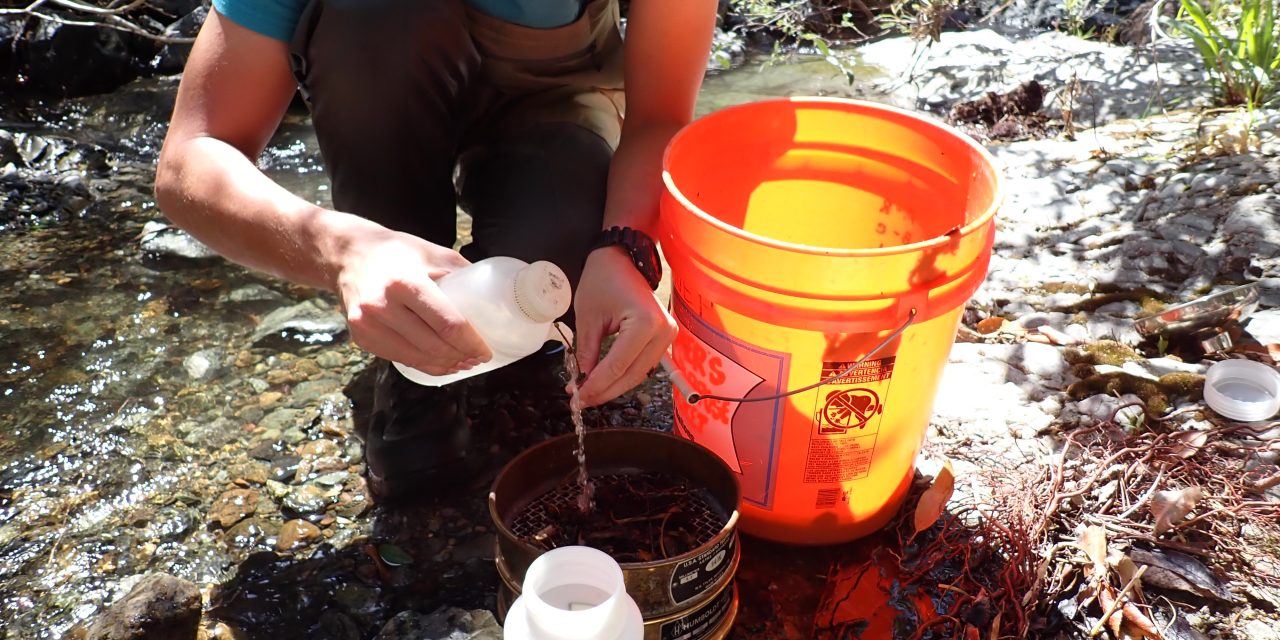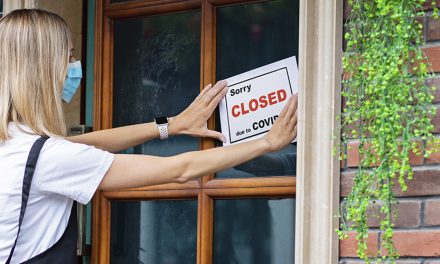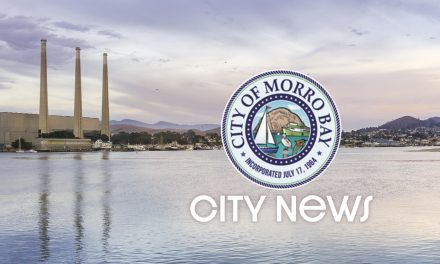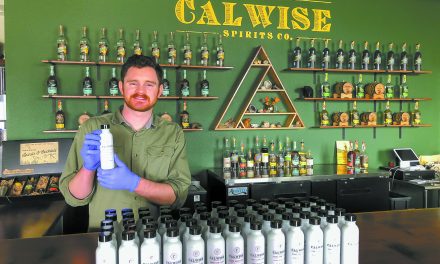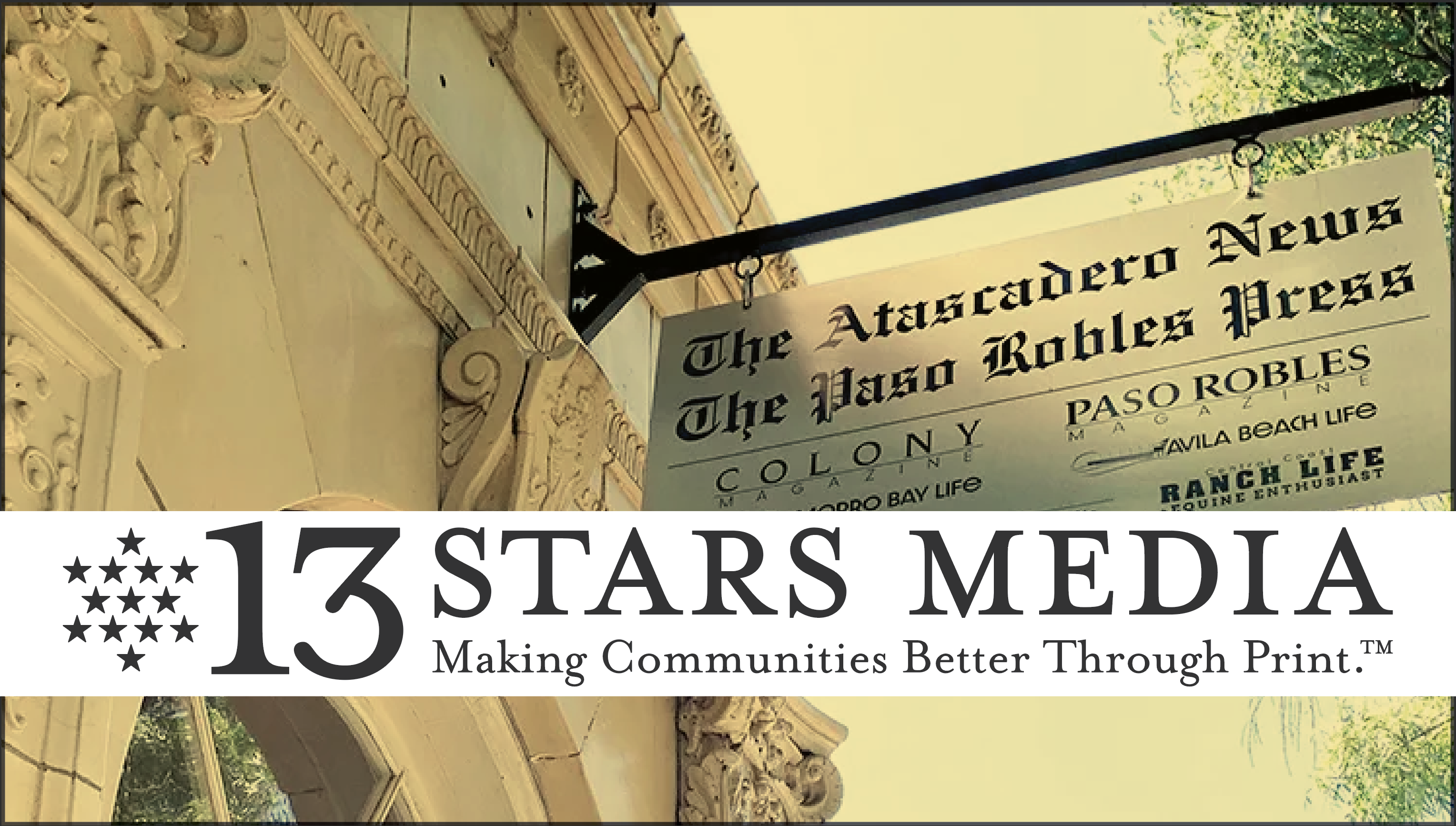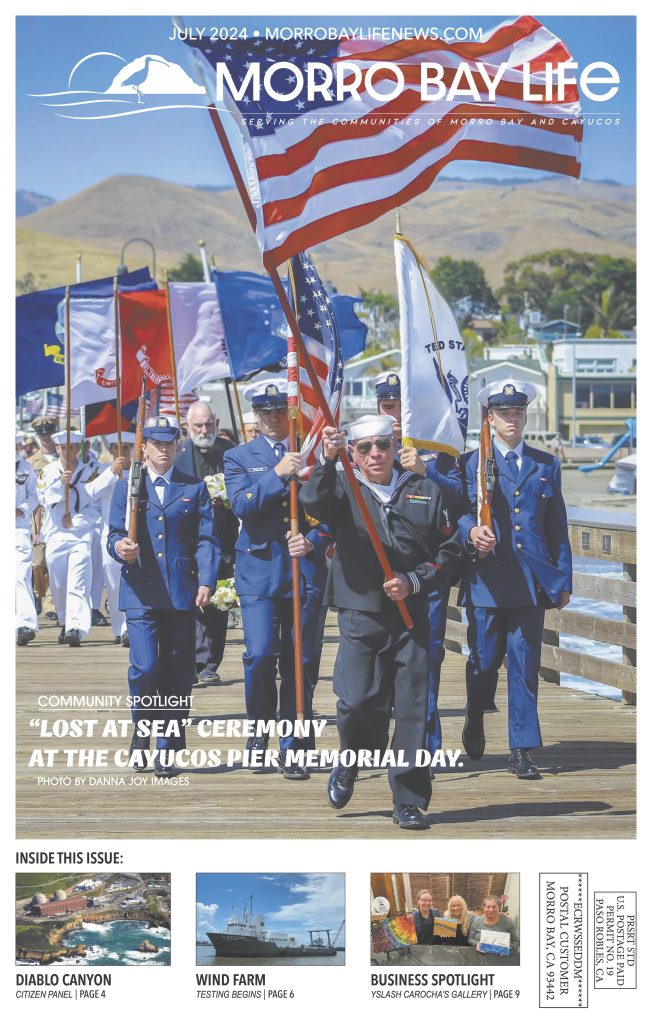The Morro Bay National Estuary Program (Estuary Program) is excited to announce its second year of partnership with Cal Poly San Luis Obispo and the City of San Luis Obispo for spring bioassessment surveys in the San Luis Obispo watershed. This work is made possible by the generous support of the Harold J. Miossi Charitable Trust.
Bioassessment is a statewide monitoring tool used to evaluate the health of rivers and streams. Surveys involve collecting macroinvertebrates (bottom-dwelling insects) from local creeks and assessing the stream habitat. The Estuary Program has collected bioassessment data in the Morro Bay watershed since the early 2000s. This data has furthered the program’s understanding of changing conditions and helped to prioritize conservation efforts. The Miossi Trust has provided over $120,000 of support for the Estuary Program’s bioassessment monitoring effort since 2013.
Two years ago, the Miossi Trust trustee Howard Carroll approached the Estuary Program about a partnership to expand bioassessment monitoring into the neighboring San Luis Obispo watershed. Excited about the results of the Morro Bay effort, Carroll wanted to see the monitoring utilized in other areas. Although the Estuary Program normally limits its work to the Morro Bay estuary and the lands that surround it, sharing of expertise and skills to build capacity is a program goal. The Estuary Program worked with Dr. Christopher Surfleet, professor of Watershed Management and Hydrology at Cal Poly, and Freddy Otte, Biologist for the City of San Luis Obispo, to develop a San Luis Obispo bioassessment monitoring effort.
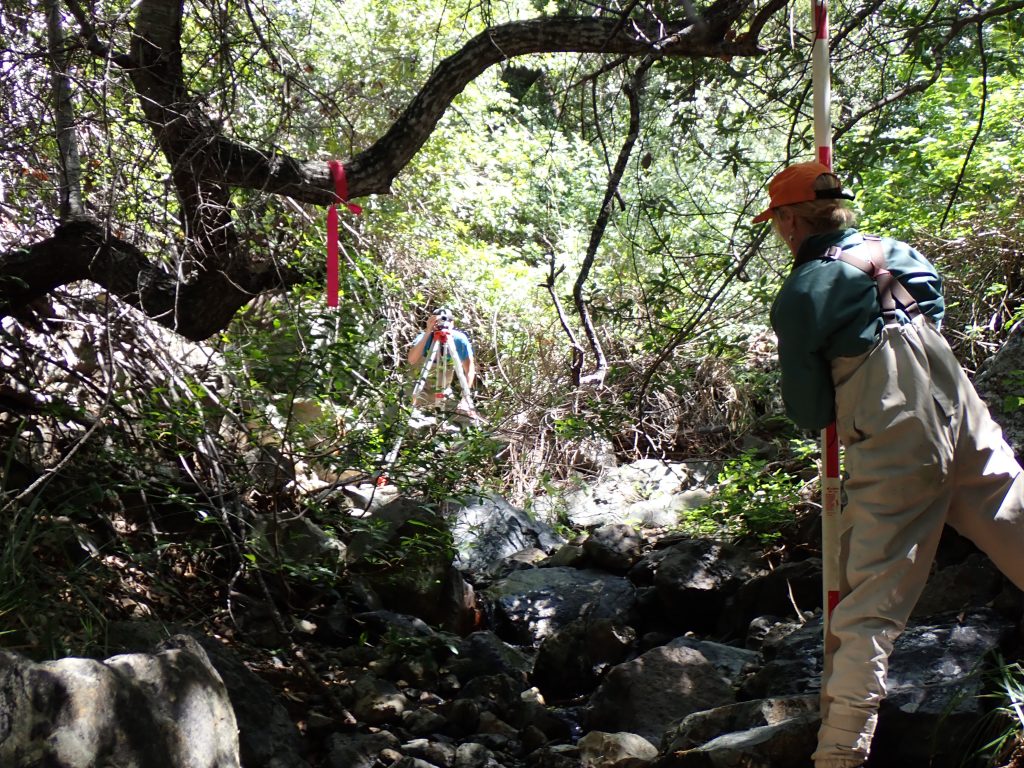
Each year, a Cal Poly graduate student candidate coordinates the project under the supervision of Professor Surfleet to lead a class of undergraduate students through the bioassessment protocol at various locations in the San Luis Obispo watershed. The City of San Luis Obispo coordinates site access, surveying equipment, and provides lab support. The Estuary Program will provide training and technical expertise for the project through 2024.
“This is a great opportunity to bring Cal Poly students out into the field to get hands on experience,” said Freddy Otte, Biologist for the City of San Luis Obispo. “We are really interested in getting baseline information on the ecology of the creeks and what we can do to protect them and the plants and animals that rely on them for survival,” said Otte. “This data will feed back into a larger watershed planning document to inform future restorationists about how to care for our resources and creeks.”
“The field data collection training for the Cal Poly students has been tremendous,” said Professor Surfleet. “The class is always at full capacity, giving students experience in environmental monitoring and assessment.”
In 2022, the San Luis Obispo bioassessment team conducted five bioassessment surveys, including three sites on Stenner Creek and two sites on San Luis Obispo Creek. The data from the surveys was compiled to generate a single score for each site. The scores ranged from “Good,” indicating healthy stream conditions, to “Very Poor,” indicating impaired stream conditions. In 2023, the team will continue data collection and expand to a sixth monitoring site.
The Miossi Trust is interested in seeing this work continue to expand in other areas of San Luis Obispo County. For more information about the Harold J. Miossi Charitable Trust, you can visit miossicharitabletrust.org.

